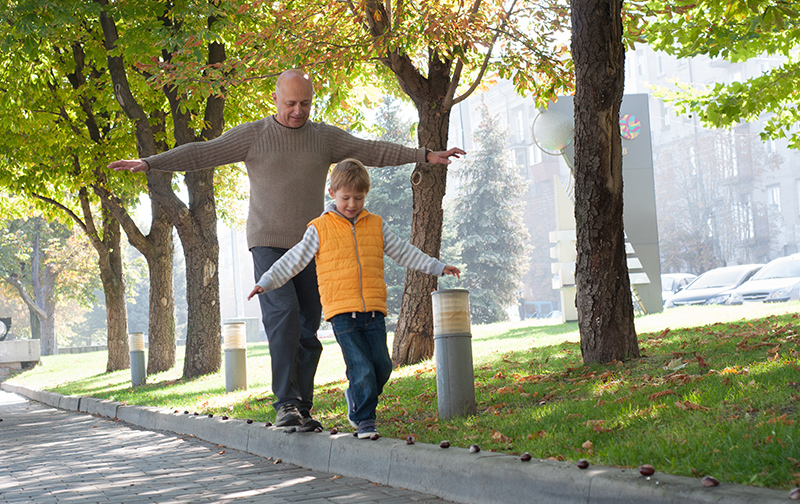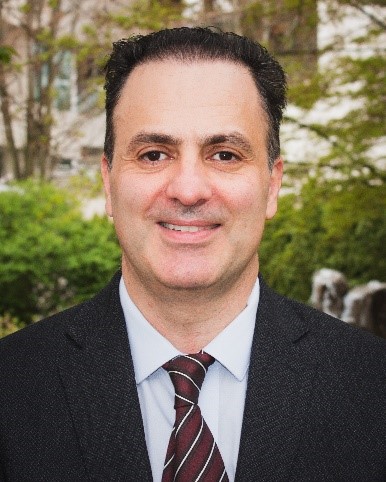
If your legs ache, are painful, numb or just feel heavy when you’re walking or climbing stairs, it’s likely not just a sign of normal aging, it may be peripheral arterial disease, or PAD. During physical activity, your muscles need increased blood flow. If your blood vessels are narrowed or blocked by fatty plaque, your muscles won’t get enough blood, which will lead to uncomfortable symptoms. When resting, the muscles need less blood flow, so the symptoms will go away.
Many with PAD don’t know it
PAD affects more than 12 -20% of people who are age 60+ and places people
at much higher risk for heart attack or stroke. Peripheral vascular disease,
like PAD, can affect all types of blood vessels. Those with a history or family
history of heart disease, high blood pressure, diabetes, are overweight,
physically inactive or have used tobacco products are at most risk. About 40%
of the people who have PAD don’t experience any leg discomfort, but there are
other symptoms to be on the lookout for.
What other PAD symptoms should you be aware of?
- Cramping or pain in the affected leg(s) and in the buttocks, thighs, calves and feet, especially after walking
- Weak or absent pulses in the legs or feet
- Sores or wounds on the toes, feet, or legs that heal slowly, poorly, or not at all
- A pale or bluish color to the skin
- A lower temperature in one leg compared to the other leg
- Poor nail growth on the toes and decreased hair growth on the legs
- Erectile dysfunction, especially among men who have diabetes
What to do if you think you may have PAD?
Talk to your primary care provider. Your PCP may refer you to a vascular surgeon for tests to help diagnose PAD and other diseases of the arteries and veins.
What can you do to treat PAD?
- Avoid or stop tobacco use
- Control high blood pressure, cholesterol, diabetes and risk for blood clots
- Supervised exercise programs can help improve and prolong walking distance
- Surgery to unblock or bypass blocked arteries (bypass graft or several types of angioplasty procedures)
“We work to treat the whole patient,” says vascular surgeon Omar Dorzi, MD, of Valley’s Vascular and Endovascular Surgery Clinic. “A patient who is treated for blockage in the leg arteries might then have carotid disease needing surgery, and perhaps a small aneurysm we’ll keep an eye on. Similar to that are the vein issues where a patient who has received varicose vein treatment may have recurring problems. For all these patients, it’s good practice to have a long-term relationship with a vascular specialist for on-going care.”
Valley’s Vascular and Endovascular Surgery Clinic physicians provide a full spectrum of outpatient and inpatient diagnostic and therapeutic care for PAD and much more. This includes angiography, balloon angioplasty, endovascular stent grafting, treatment for dissolving clots, and open surgery and bypass grafts, dialysis access, and critical care.
For more information, visit valleymed.org/vascular, talk to your primary care provider about any concerns or symptoms, or call the Vascular and Endovascular Clinic at 425.656.5568.

Vascular surgeon, Omar Dorzi, MD practices at the Vascular Surgery Clinic located in the Medical Arts Center at Valley Medical Center’s main campus in Renton. Learn more about vascular health.
Information adapted from the Centers for Disease Control and the National Institutes of Health—Heart, Lung & Blood Institute.

